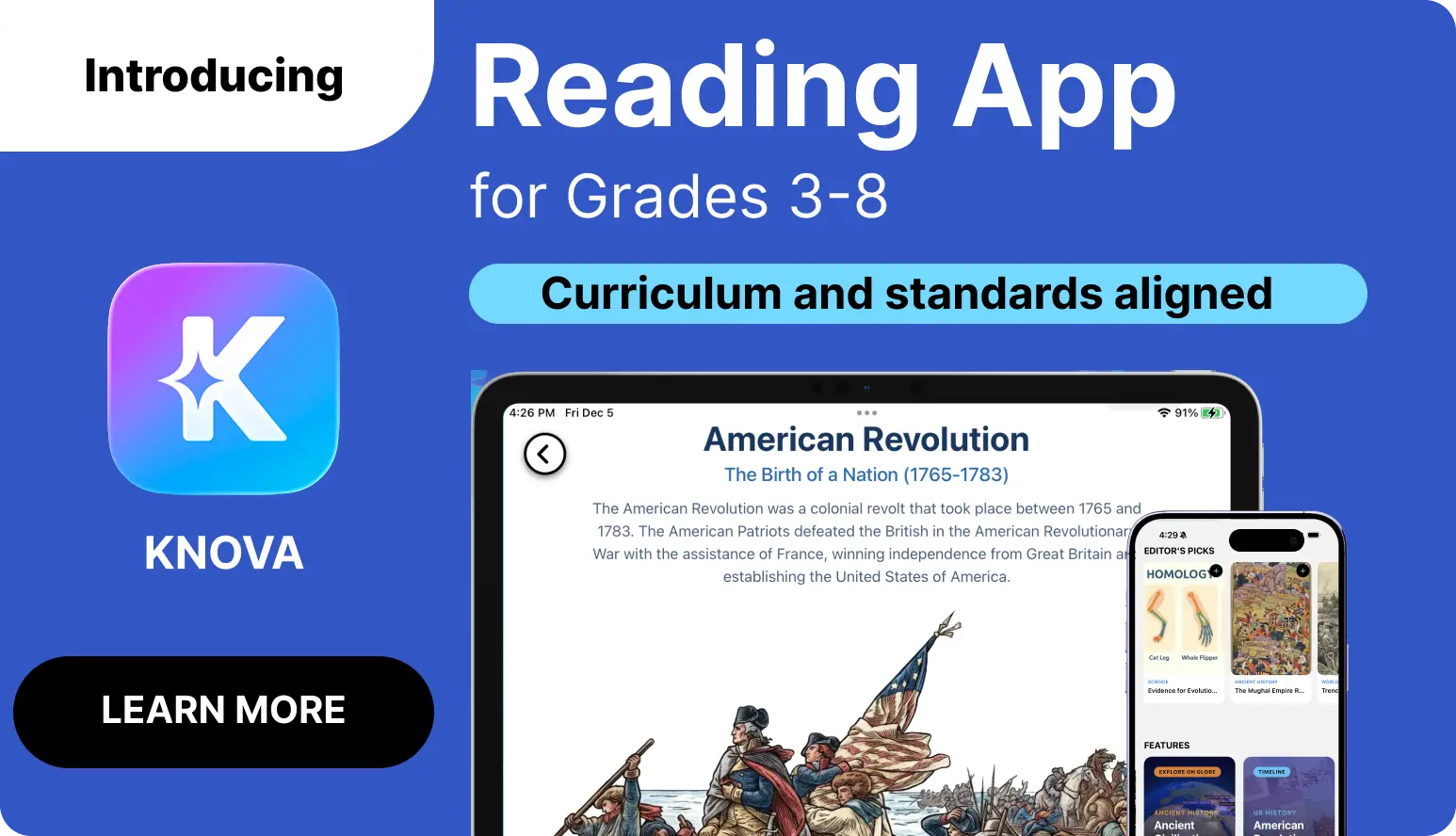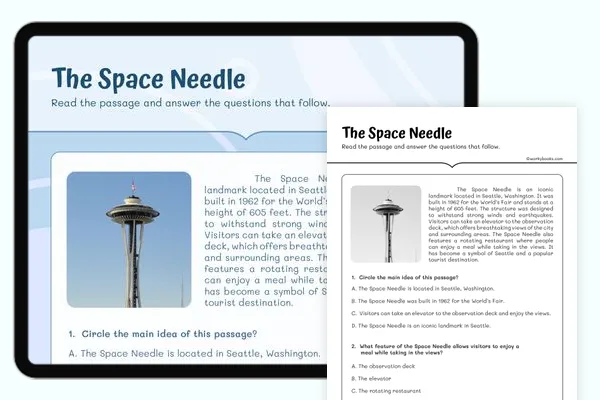Grade 5 Reading Informational Text - Main Idea Curriculum Resources
Explore the skill of identifying main ideas in informational text with our Reading Informational Text - Main Idea curriculum resources designed for young learners. Covering various topics, these resources provide a comprehensive approach to recognizing and understanding the central concepts of informational texts in an engaging and accessible format, improving overall reading comprehension.





















































